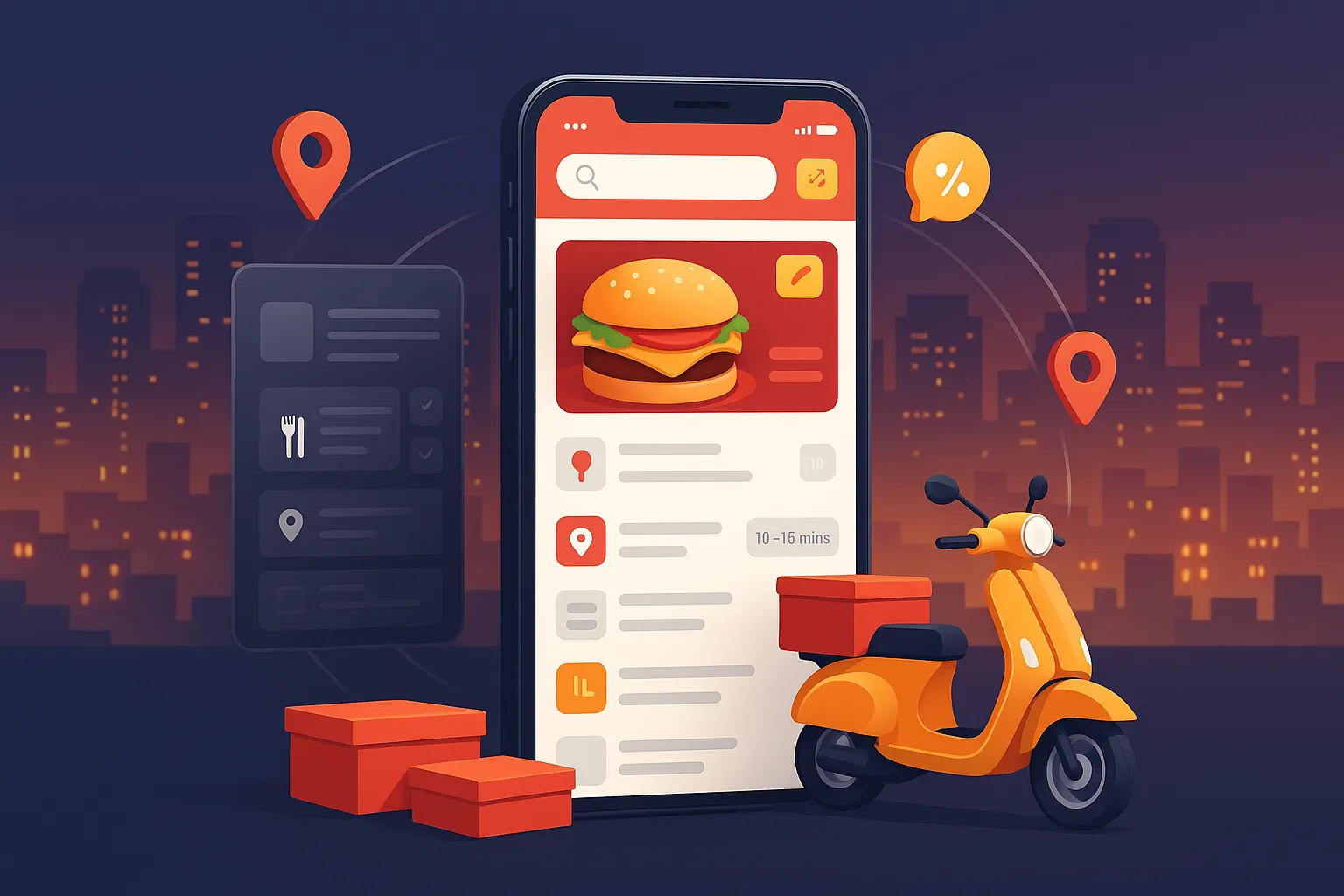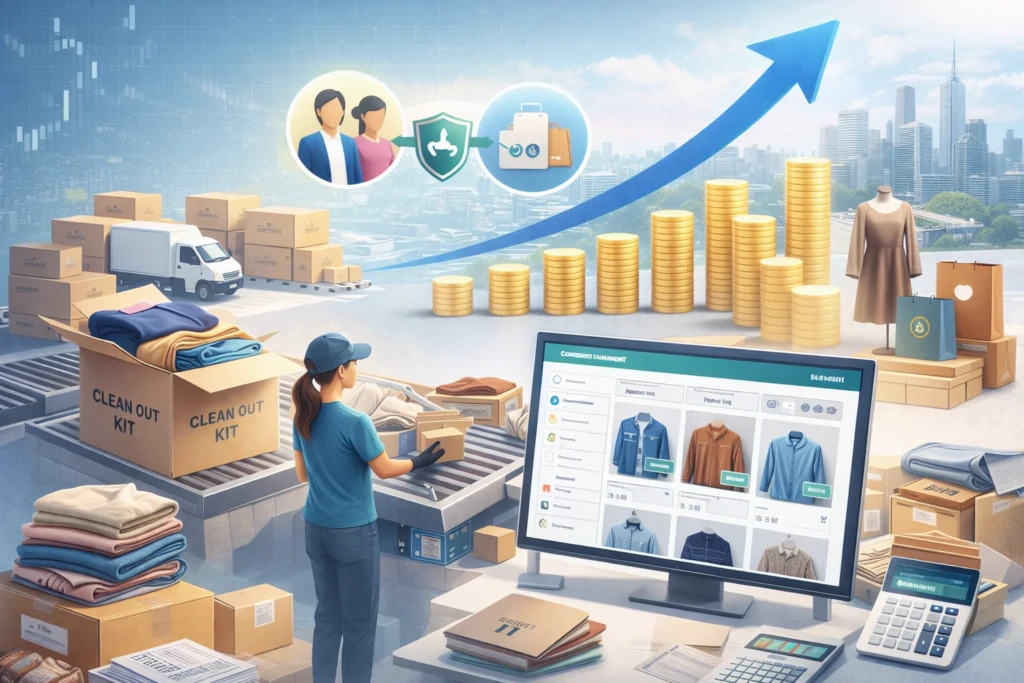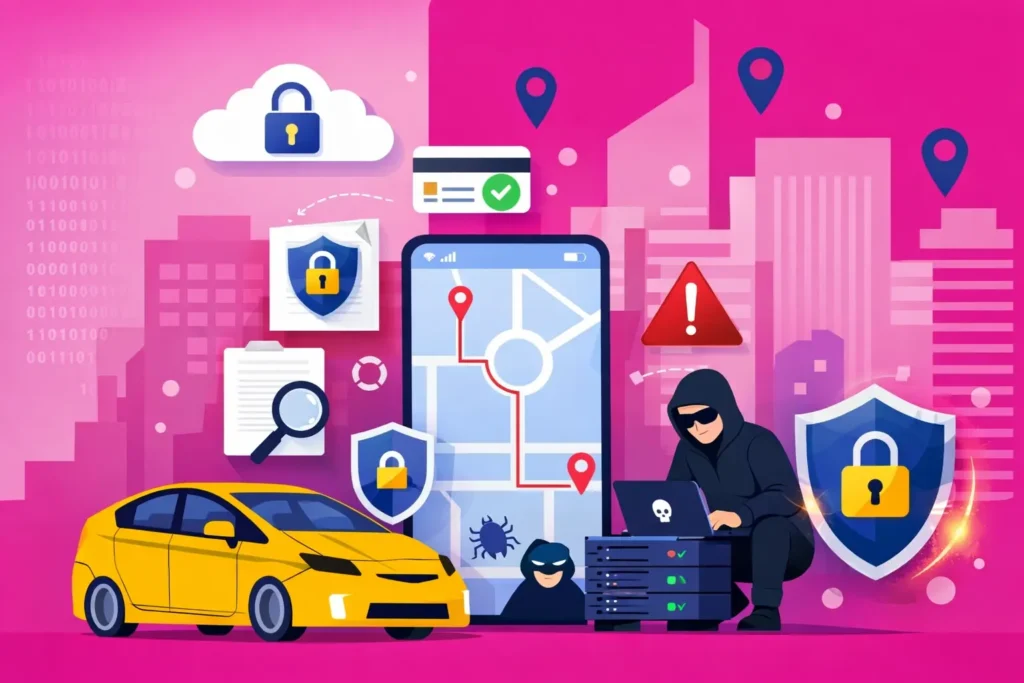Ever ordered food late at night only to find your favorite place closed, or worse—no delivery in your area? That’s the moment you wish you had your own HungerStation. It’s not just another food delivery app; it’s the lifeline for Saudi Arabia’s foodies and convenience seekers. And if you’re a startup founder or digital entrepreneur, chances are you’ve peeked under its hood, dreaming of building something similar—maybe even better.
In a market saturated with delivery clones, the real magic lies not in the idea, but in the execution. HungerStation has cracked the code with features that not only serve but delight. If you’re planning your next big launch or looking to disrupt the local food delivery scene, understanding these features is like being handed the blueprints to a secret weapon.
This post isn’t just a glorified listicle. We’re breaking down the exact features that make HungerStation a beast in the on-demand app jungle—while also helping you figure out how to clone it with your own unique flavor. And yep, Miracuves has your back when you’re ready to build.
Read more: What is HungerStation App and How Does It Work?
The Must-Have Features That Make HungerStation a Market Leader
1. Multi-Vertical Ordering System
HungerStation doesn’t just stop at food. Think groceries, flowers, pharmacies—basically, your whole neighborhood on a scrollable list.
- Hypernym: on-demand delivery platform
- Holonym: smartphone app
- Meronyms: item catalog, product categories, live availability
Why it matters: The broader your order categories, the more frequently users return. It’s like being the Amazon of local errands.
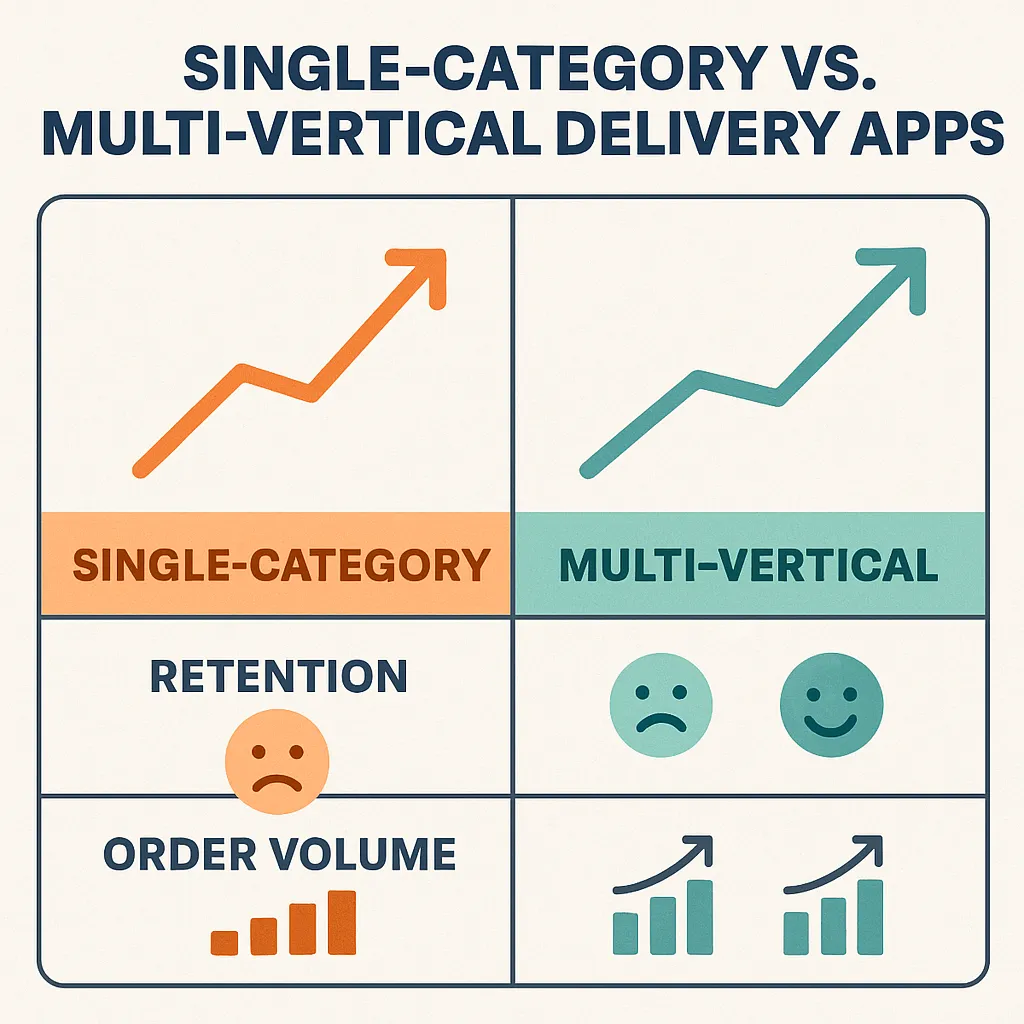
2. Real-Time Order Tracking with Smart ETAs
From order placed to food arriving, HungerStation shows it all—live location, order prep time, traffic-based delays. It’s GPS-powered transparency.
Example: “Driver’s at the restaurant,” followed by, “On the way—ETA 8 minutes.” Boom. You just avoided five anxious refreshes.
Semantic Goldmine:
- Synonyms: live tracking, order journey
- Collocations: delivery time, real-time update
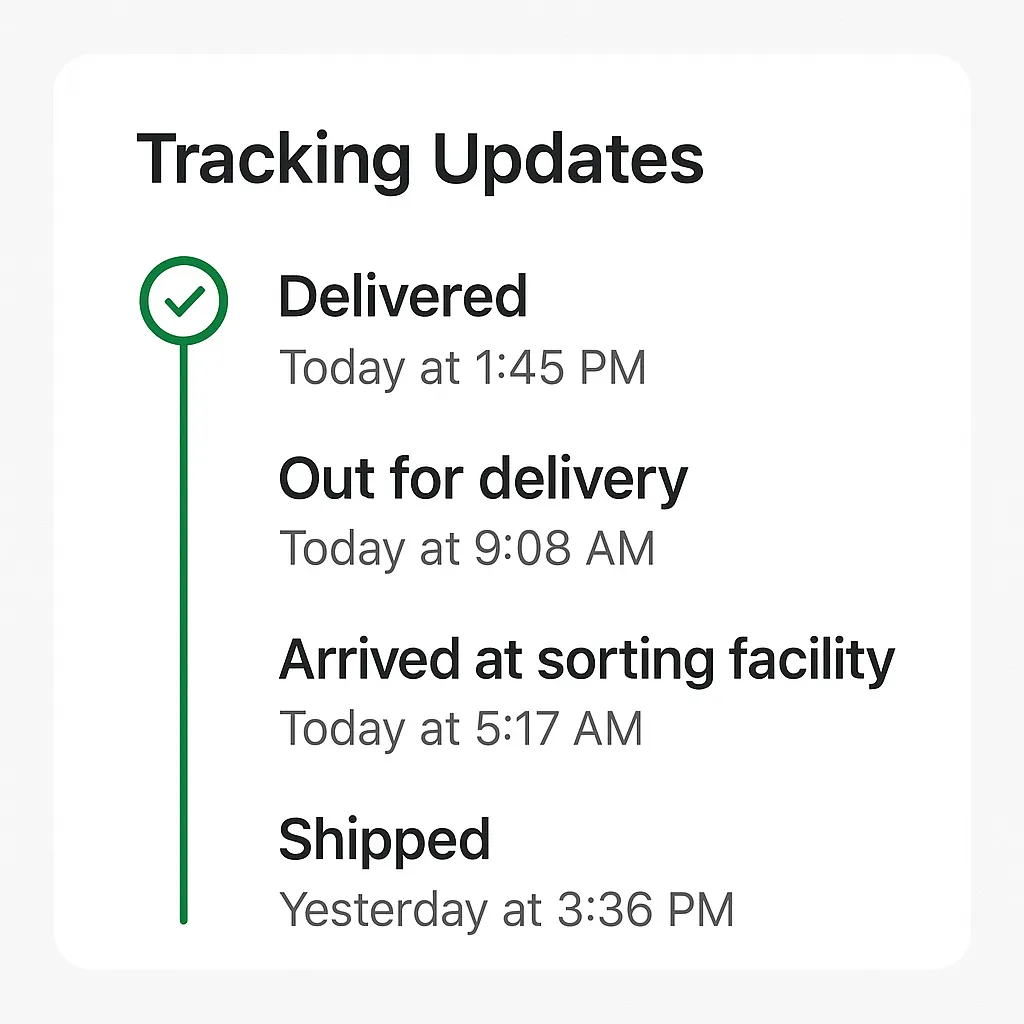
3. Smart Search with Local Filters
Search isn’t just about typing “burger.” HungerStation gets granular with options to filter by cuisine, rating, price range, delivery speed, and even availability.
Creator takeaway: Your app’s search bar shouldn’t be a dead-end—it should be a conversation starter.
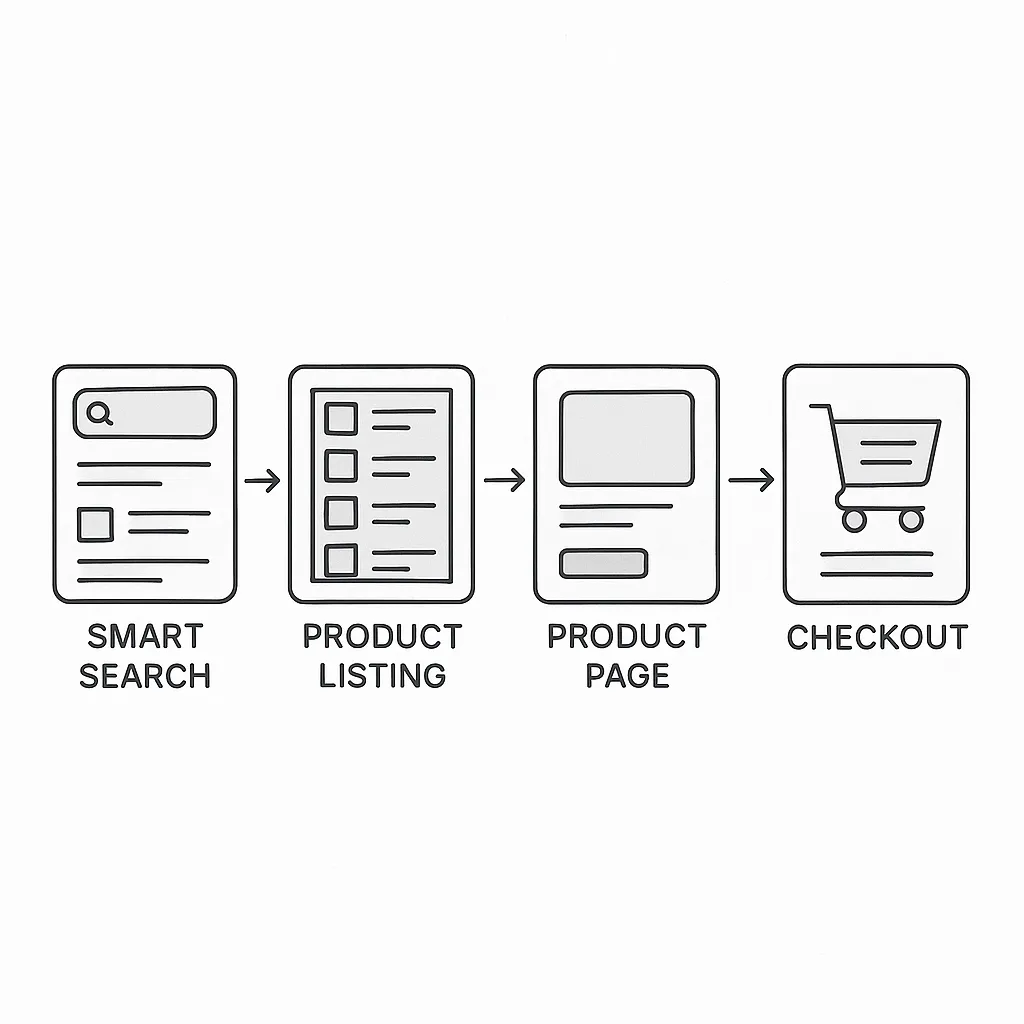
4. Scheduled Orders & Pre-Booking
Users can place an order now and have it delivered later—perfect for suhoor orders during Ramadan or surprise cake deliveries.
- Semantic layering: calendar integrations, delivery slots, prep time logic
Include a countdown timer before scheduled delivery to create anticipation.
5. Multi-Language & Currency Support
A diverse user base means your app needs to talk the talk—literally. HungerStation supports Arabic and English, with SAR as the native currency.
Value Add: More comfort = more conversions. It’s localization that feels personal, not programmed.
6. Promo Codes, Loyalty Rewards & Wallet System
From first-time user discounts to cashback on repeated orders, this feature set drives stickiness. Users can even top up a digital wallet to make checkouts frictionless.
Semantic SEO notes:
- Hyponyms: coupon, cashback, loyalty badge
- Collocations: promo code, user retention, repeat orders
7. Integrated Rider App for Delivery Partners
HungerStation equips its riders with a fully functional app to accept jobs, navigate to pick-up points, and track performance. It’s like giving your soldiers night-vision goggles before sending them to battle.
Why it matters: This keeps the supply chain smooth. One bad delivery experience can undo ten great ones.
8. Smart AI-Based Recommendations
Craving something but don’t know what? HungerStation uses AI to suggest trending meals, local favorites, and your past go-to dishes.
- Related entities: Uber Eats, Zomato
- Polysemy: “trending” (popular now vs. going viral)
Add a “Surprise Me” button for app users who can’t decide.
9. Dark Mode, Voice Search & Accessibility Features
Let’s not forget the cherry on top: user-centric design. HungerStation’s UX has dark mode, voice-based ordering for hands-free action, and accessibility tweaks for visual impairments.
An inclusive app is more than good UX—it’s just good ethics.
10. Merchant Panel with Performance Analytics
Vendors aren’t just partners—they’re co-pilots. The admin side for restaurants includes performance reports, peak hour alerts, and customer feedback stats.
Startup tip: Don’t just give restaurants a digital storefront. Give them the tools to thrive.
Read more: Best HungerStation Clone Scripts in 2025: Features & Pricing Compared
Building Your Own HungerStation-Inspired App
HungerStation may be a household name now, but it started somewhere—just like your idea. The secret sauce? A feature-packed app, frictionless UX, and an engine built to scale. Whether you’re eyeing a single-city launch or planning to conquer the GCC, getting the features right is non-negotiable.
And here’s the thing: building all this from scratch is possible, but it’ll eat up time, cash, and way too many sleepless nights. That’s where cloning comes in—smart cloning, not lazy copy-pasting.
Want to build your own food delivery app with multi-vertical ordering, GPS tracking, and reward systems?
Check out HungerStation Clone Development by Miracuves and turn your vision into a high-performance platform.
Looking to disrupt mealtime with a custom mobile solution? Discover our food delivery app development services to build a seamless, scalable platform that delights users
Conclusion
HungerStation’s success is no accident. It’s built on thoughtful features, obsessive user focus, and a scalable engine behind the scenes. If you’re looking to break into the on-demand economy, studying (and then outdoing) these features is your golden ticket.
Want to lead the next wave of food-tech innovation? Don’t wait to reinvent the wheel—just improve it.
At Miracuves, we help innovators launch high-performance app clones that are fast, scalable, and monetization-ready. Ready to turn your idea into reality? Let’s build together.
FAQs
Q:1 What is HungerStation known for?
HungerStation is Saudi Arabia’s leading food and multi-delivery app, famous for fast service, user-centric features, and a wide restaurant network.
Q:2 Can I create a HungerStation-like app for my city?
Absolutely! With the right clone development partner, you can replicate and tailor these features to your local market.
Q:3 How much does it cost to build a HungerStation clone?
Costs vary based on features, tech stack, and timeline—but clone solutions are typically faster and more affordable than custom builds.
Q:4 Is it legal to clone apps like HungerStation?
Yes, as long as you’re not infringing on trademarks or IP. Miracuves builds customizable clone solutions that are 100% legal and scalable.
Q:5 What platforms does a HungerStation clone support?
Our clones can support Android, iOS, and web platforms, including separate apps for users, vendors, and riders.
Q:6 How long does it take to launch a HungerStation clone?
Depending on customization, you can go live in as little as 4–6 weeks with the right tech partner.
Related Articles:



